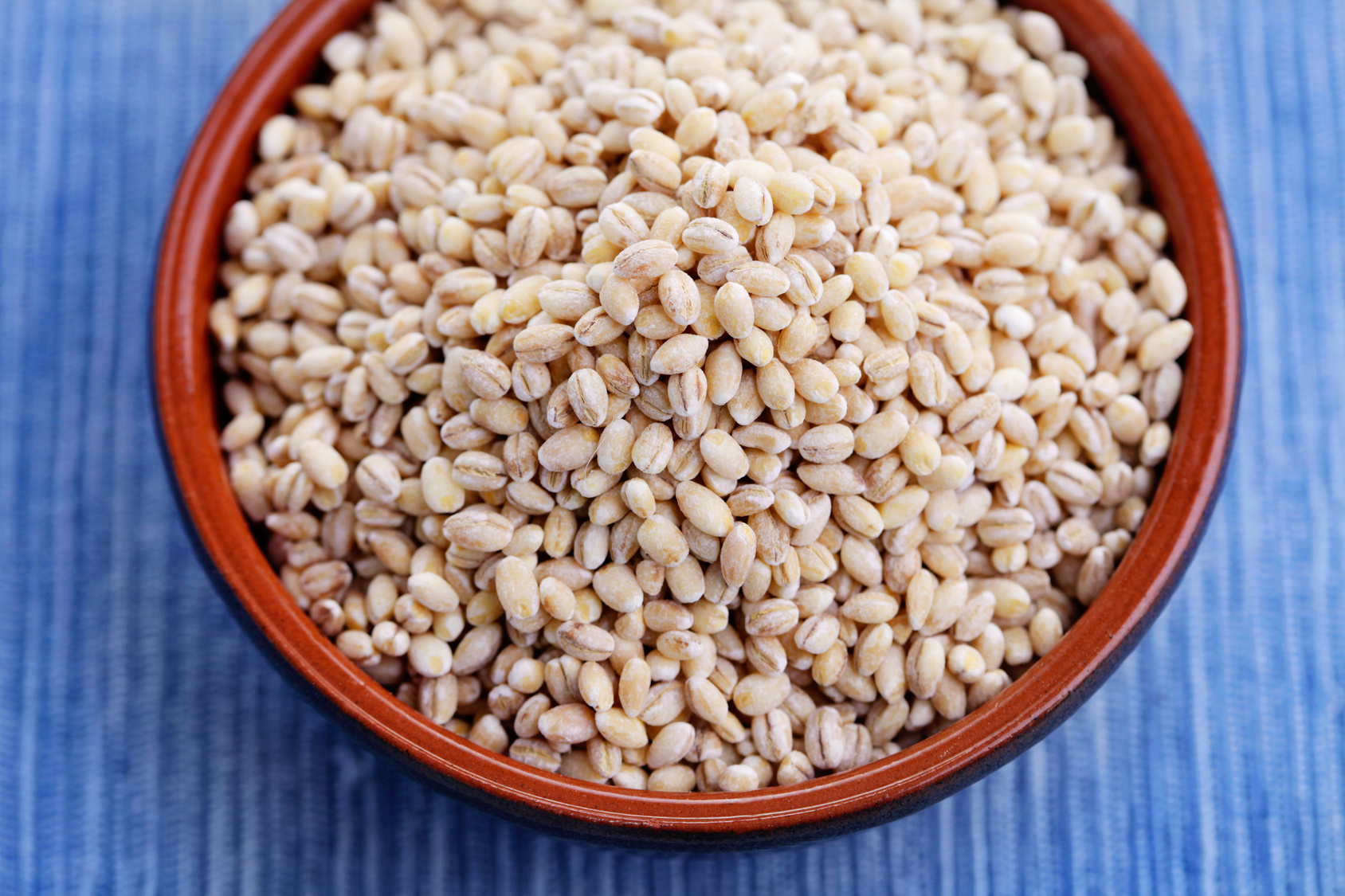Share This
On December 19, 2024, the United States Food and Drug Administration (FDA) issued a final rule to update the nutrient content claim defining the term “healthy.” For whole grain food makers who are not using the term “healthy” on their food packages nor using the MyPlate imagery, this rule has little relevance. But for food producers who want to highlight the healthfulness of their whole grain products, there are a number of guidelines that the product must meet.
General Criteria for Whole Grain Foods
The biggest improvement in the updated healthy definition is that it is focused on food groups (rather than individual nutrients), and therefore better aligned with the food-based guidance in the Dietary Guidelines for Americans. Specifically, grain products must contain a minimum amount of whole grains (among meeting other nutrient criteria, detailed below) to bear the “healthy” claim, and only whole grains count toward the grain food group equivalent for the “healthy” claim.
As another improvement over the proposed rule, the FDA has expanded the categories of whole grain foods eligible for a claim. This clarification will be helpful in making sure that less common whole grain ingredients and food categories don’t get left out.
Compared with the proposed rule, the final rule slightly raises the added sugar allowance (from 5% to 10% of the DV) for whole grain foods to better reflect market availability, though the sodium and saturated fat allowance remains the same, at less than or equal to 10% of the DV and 5% of the DV, respectively. Mixed dishes, main dishes, and meal products that contain whole grains in addition to other healthy food groups (such as vegetables or fruits) have slightly different thresholds for whole grain content, sodium, saturated fat, and added sugars. The 318-page report provides further guidance on these scenarios.
More Questions than Answers?
Although this final rule is a large improvement over the previous rule, it does raise some baffling inconsistencies, especially when it comes to whole grain serving sizes.
Both the 2020-2025 Dietary Guidelines for Americans and the newly released Scientific Report of the 2025 Dietary Guidelines Advisory Committee recommend 6 ounce-equivalents of grain foods per day, with at least half of those being whole grain. The 2020-2025 Dietary Guidelines for Americans also explicitly recommend that one way to meet this recommendation is to choose foods with 8 grams of whole grain per ounce equivalent. However, under the FDA’s new definition of healthy, foods with 8 grams whole grain per ounce equivalent and that meet all other established nutrient limits for saturated fat, added sugars, and sodium, would not qualify for a “healthy” claim as currently proposed.
Instead, the FDA has ruled that whole grain foods need to have at least ¾ ounce-equivalent of whole grains. They arrived at this number after dividing the recommended 6 ounce-equivalents of grain foods by 4 eating occasions per day. What this flawed logic fails to account for is that given the assumption of 4 eating occasions per day and the recommended 6 ounce-equivalents of grain foods, people will have to eat multiple ounce equivalents of grain foods at certain eating occasions. It is therefore not necessary for just four foods to deliver the full recommended 3 ounce-equivalents of whole grain. Rather, if each of the 6 ounce-equivalents of grain foods consumed per day was a source of at least 8 grams of whole grains, consumers would meet the recommendation.
What’s even more puzzling is that this final rule defines ¾ ounce-equivalent of whole grains as equal to 1 slice of bread or ½ cup of cooked brown rice when the MyPlate website specifies that those food quantities are equal to 1 ounce-equivalents of whole grains. In other words, the final rule would seem to suggest that we need to eat something like 8 slices of bread per day, rather than 6. This contradiction is incredibly baffling, and sends consumers a mixed message about whole grain recommendations.
We’ll be monitoring this issue closely to see if the FDA provides further clarification. In the meantime, food producers have until February 25, 2028 to make sure their food labels are in compliance with this updated final rule. (Kelly)
To have our Oldways Whole Grains Council blog posts (and more whole grain bonus content!) delivered to your inbox, sign up for our monthly email newsletter, called Just Ask for Whole Grains.


Add a Comment